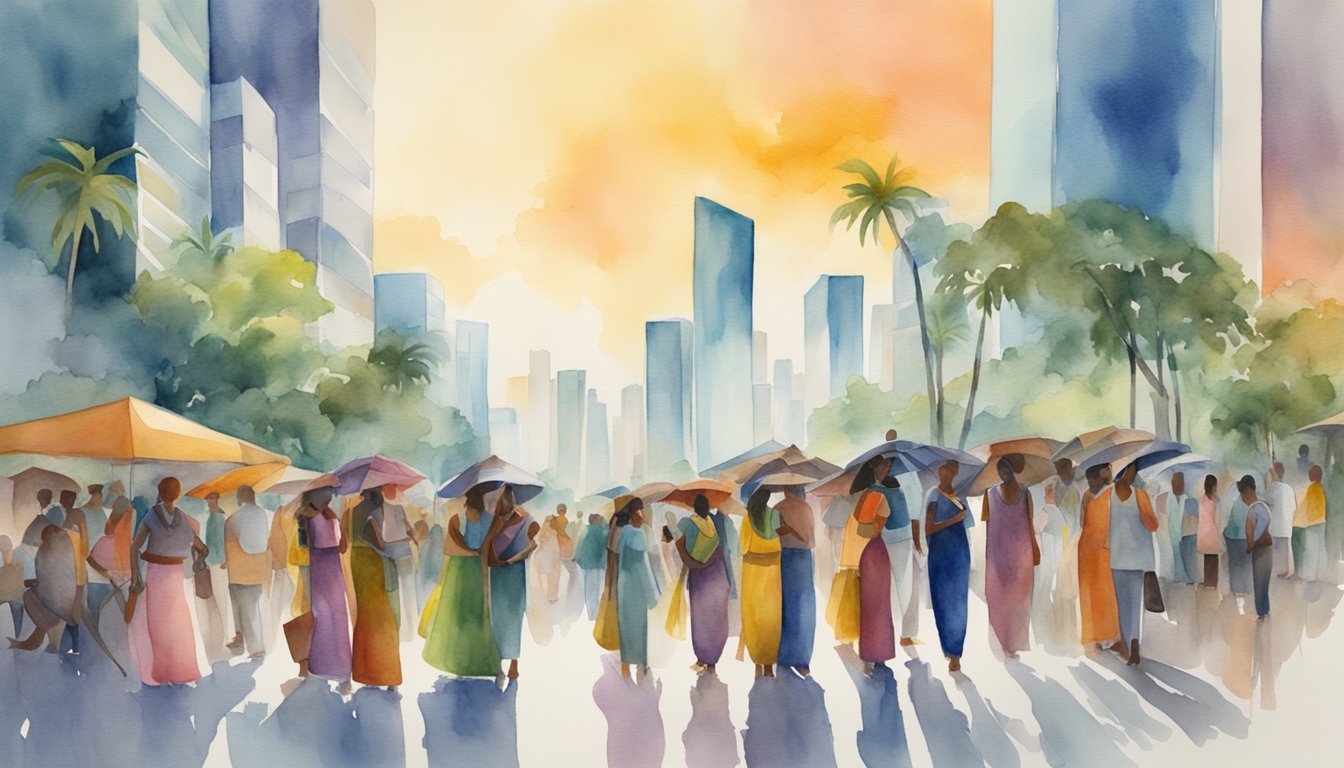The Origins and History of the Amazonians
The Amazonians, often depicted as a matriarchal society of female warriors in Greek mythology, carry a rich heritage that blurs the lines between myth and history. This mystique is enhanced by the intersection of archaeological findings and ancient narratives that attempt to peel away the layers of their legendary existence.
Historical Accounts and Ancient Texts
The warrior women referred to as Amazons are heavily featured in Greek mythology and historical texts, most notably in works such as Herodotus’s “Histories”. Herodotus, often considered the “Father of History”, provides accounts of encounters between Greek heroes and Amazonians, suggesting a geographical connection to regions around the Black Sea and more broadly Scythia. Classical narratives intertwine tales of Amazonians with figures like Hercules, who was tasked with retrieving the girdle of Amazon Queen Hippolyte as one of his twelve labors, and Theseus, who is said to have faced the Amazon Antiope.
According to Greek mythology, the Amazons were involved in notable conflicts, including the Trojan War, where the Amazon Queen Penthesilea is said to have fought and been killed by Achilles. The “Iliad” by Homer, although primarily focuses on the male heroes of the Trojan War, occasionally references the Amazonians, solidifying their presence in Greek cultural consciousness.
Archaeological Evidence
Archaeologists have explored ancient burial sites across regions of Eurasia, including near the Thermodon River and the coasts of the Black Sea, which correspond to the traditional locations of Themiscyra and the homelands of the Amazonians suggested by ancient texts. Excavations in these areas have unearthed graves of warrior women who lived in Scythian societies. The artifacts found, such as weapons and headdresses, suggest warlike traditions and a stature that has been compared with the Amazonians of myth.
Discoveries throughout areas of modern-day Russia, Ukraine, and Kazakhstan, particularly in the Voronezh region, have provided compelling evidence of female warriors, often buried with an array of military equipment indicative of their high status. This evidence has led to discussions about the existence of a real group of women that may have inspired the tales, such as the Sarmatian and Scythian women, known for their riding skills and proficiency in archery and warfare.
Cultural and Mythological Significance
The Amazonian myths, extant within Greek art and literature, reflect more than just a fascination with warlike women; they symbolize an exploration of a society that directly contrasts the patriarchal norms of ancient Greece. The tales often focus on courage, strength, and independence, with figures like the fierce Queen Hippolyte and her legendary girdle becoming symbols of matriarchal power in a man’s world.
Moreover, the etymology of the word “Amazon” is frequently connected to notions of a society where women did not adhere to the traditional roles expected of them in ancient times. The cultural legacy of the Amazons extends beyond ancient art; it permeates modern representations, such as the character Wonder Woman, a feminist icon who draws inspiration from these legendary female warriors and is connected to the classical figures of Amazon mythology through a backstory entwined with Greek gods like Ares and Hera.
In all, the Amazonians’ prominence within Greek culture and their celebration in various forms of creative expression, from the sculpted friezes of ancient temples to contemporary comic books, continue to intrigue and inspire discussions regarding the confluence of myth, history, and the evolution of societal roles.
The Amazonians in Contemporary Culture and Influence

The portrayal of Amazonians has had a substantial impact on modern entertainment and societal ideologies, particularly in popular media and feminist narratives.
Representation in Popular Media
The Amazonians have left an indelible mark on popular culture, with their most recognizable representation coming from the comic book superhero Wonder Woman. Created by William Moulton Marston, this character is said to be a daughter of Hippolyta, the queen of the Amazonians, and has become a symbol of strength, empowerment, and justice. Her depiction in films and comics has brought the imagery of courageous female warriors into mainstream consciousness. The use of Amazons in media often draws on iconography from Greek culture, such as armor and weaponry reminiscent of that seen in ancient pottery and sculpture.
Influence on Feminism and Modern Mythology
Amazonians, particularly figures like Queen Hippolyta, have significantly influenced feminist thought and mythology. Feminist scholars often cite Amazons as one of the earliest examples of egalitarian societies where women held roles of power and agency. The Amazon myth, with its tales of fierce female warriors, has inspired discussions on the roles of women in ancient Greece and the broader ancient world. These stories play a crucial role in challenging preconceived notions of family and social structure and have been used effectively as a tool for examining and understanding historical contexts of gender and power.

